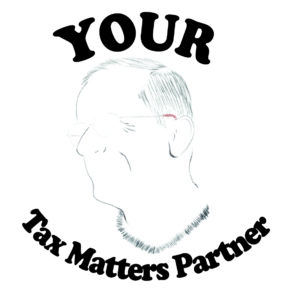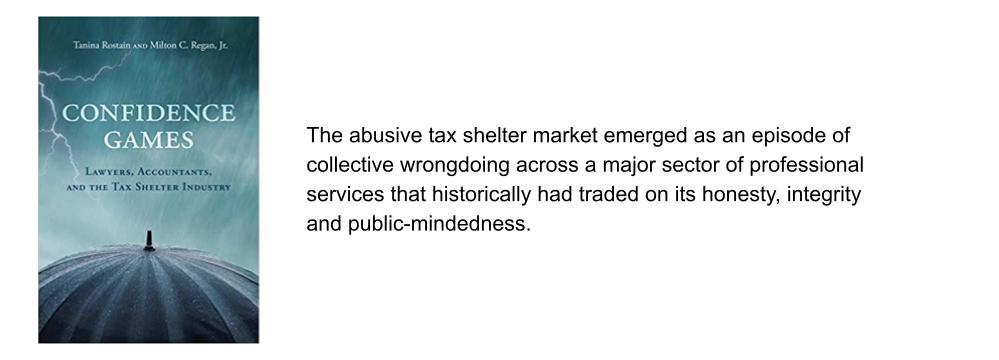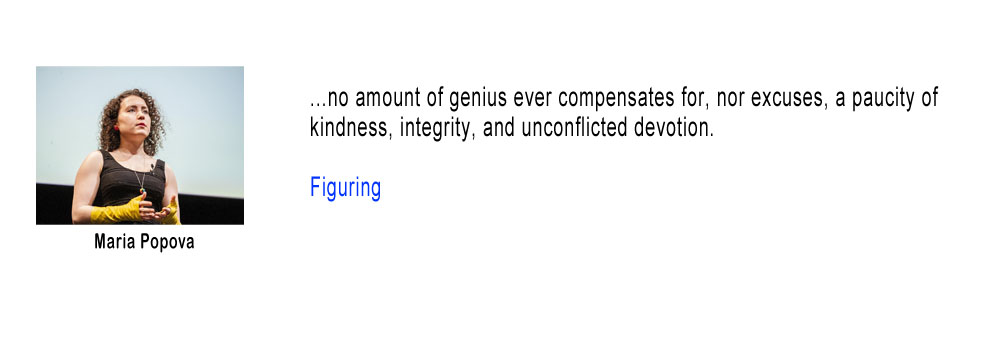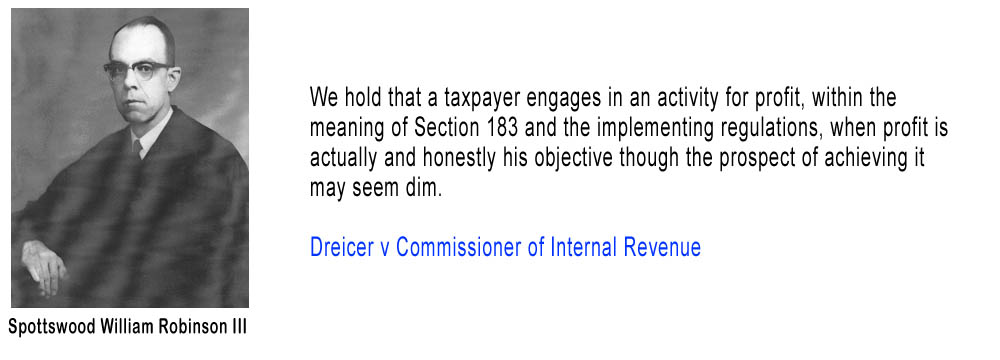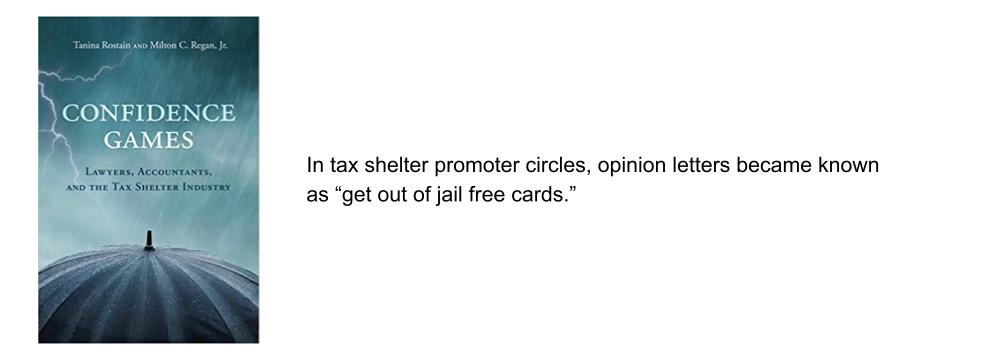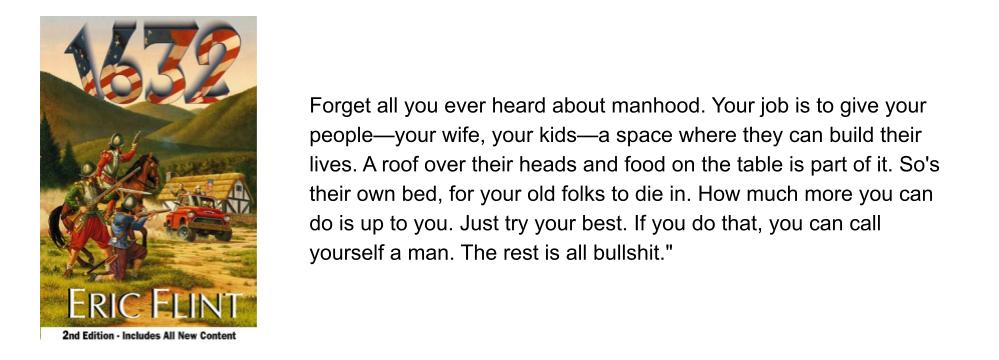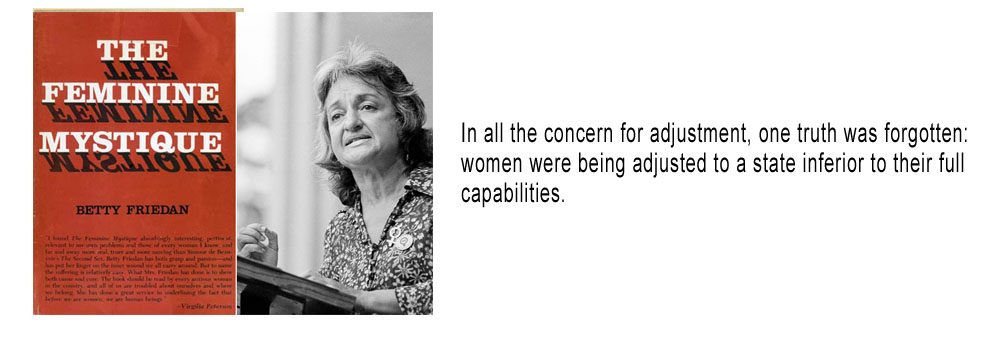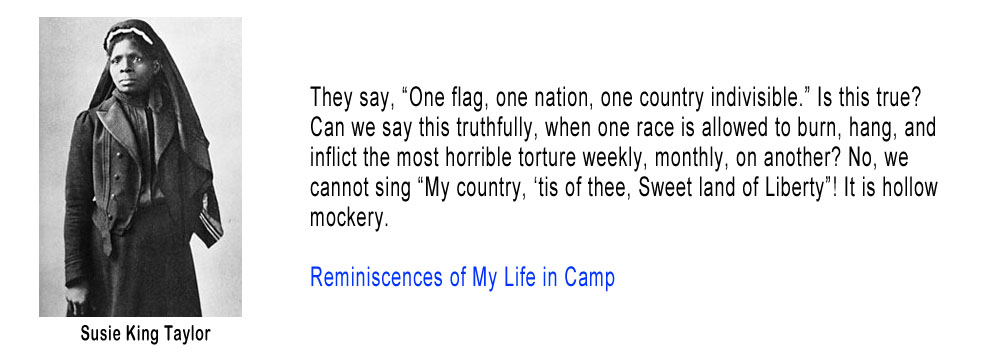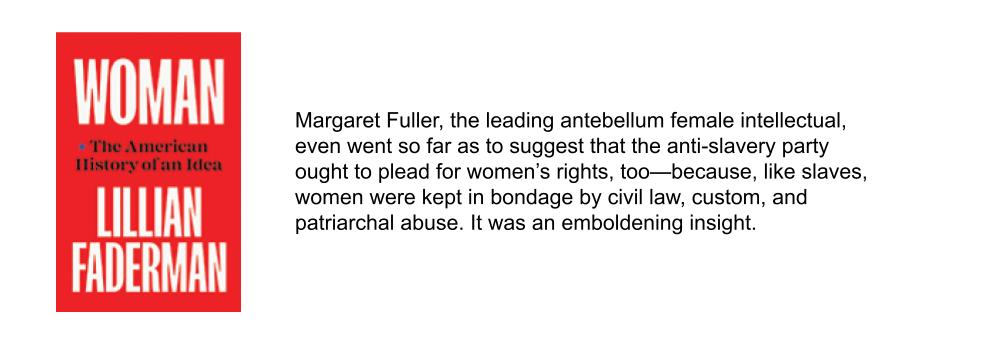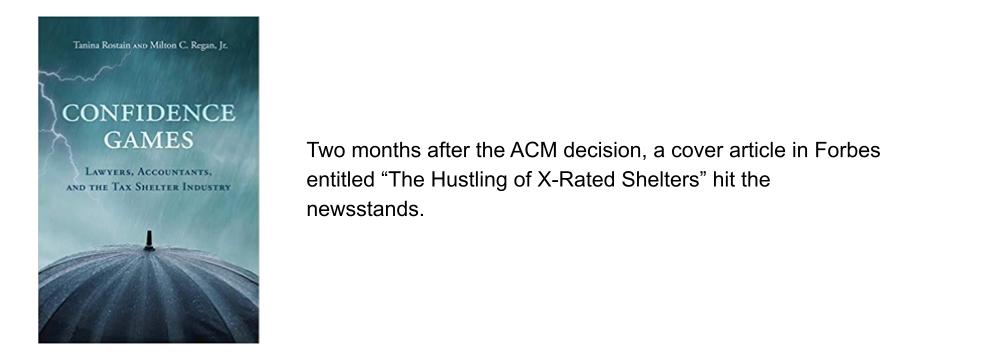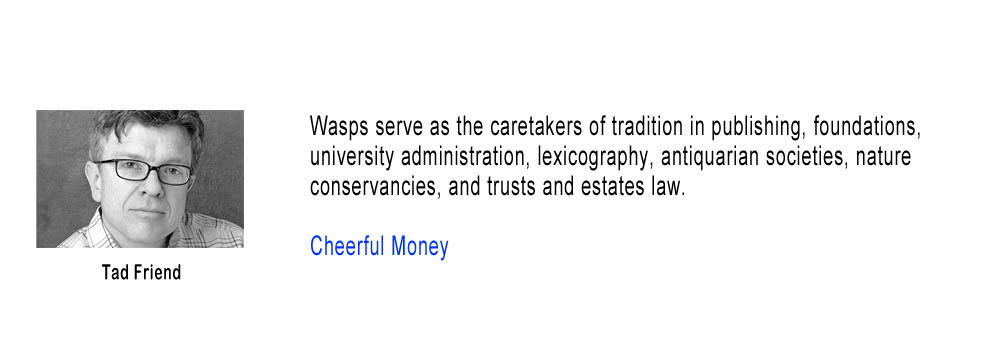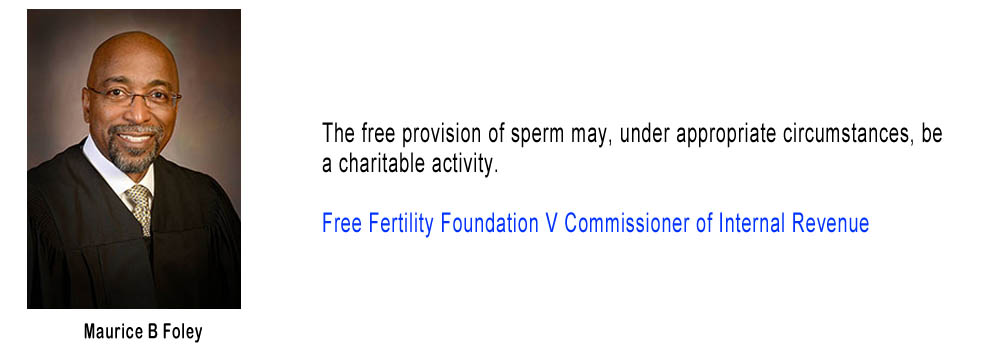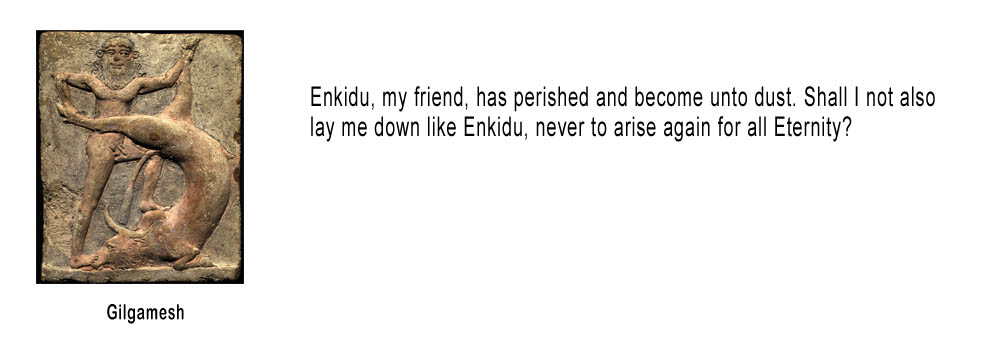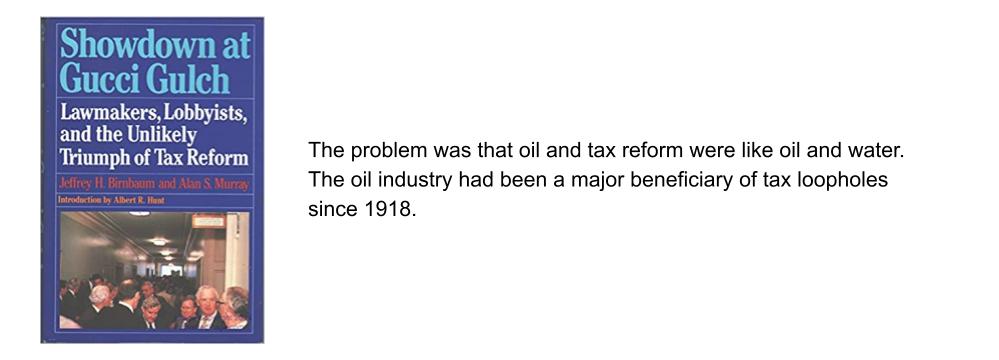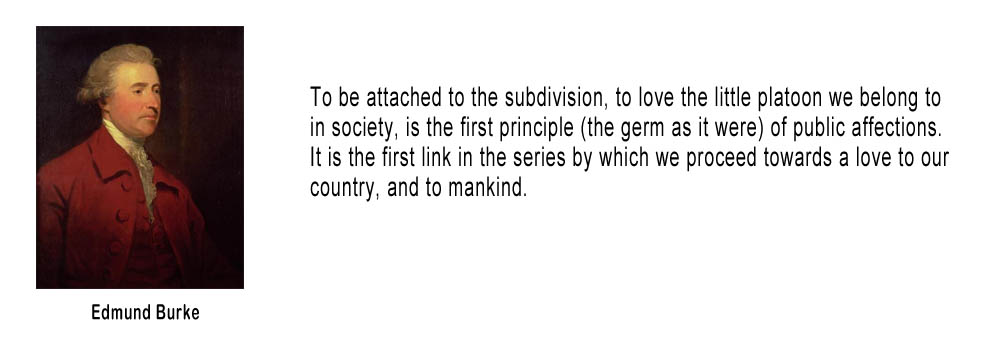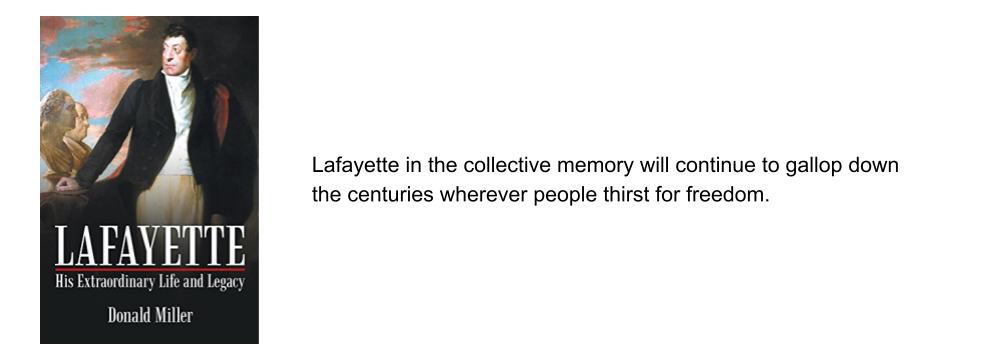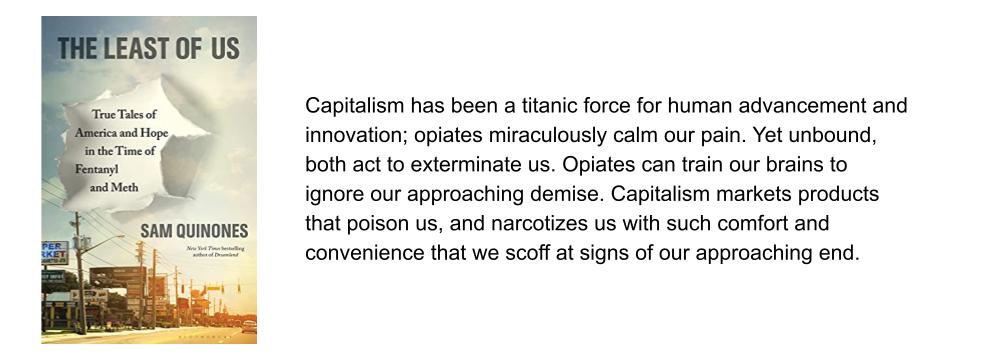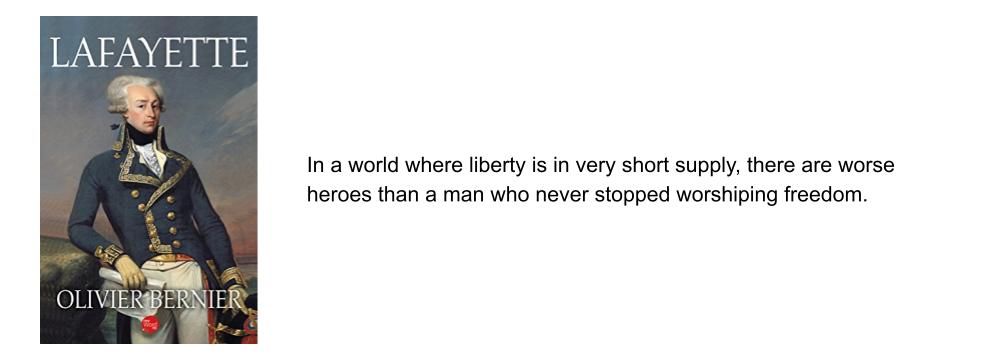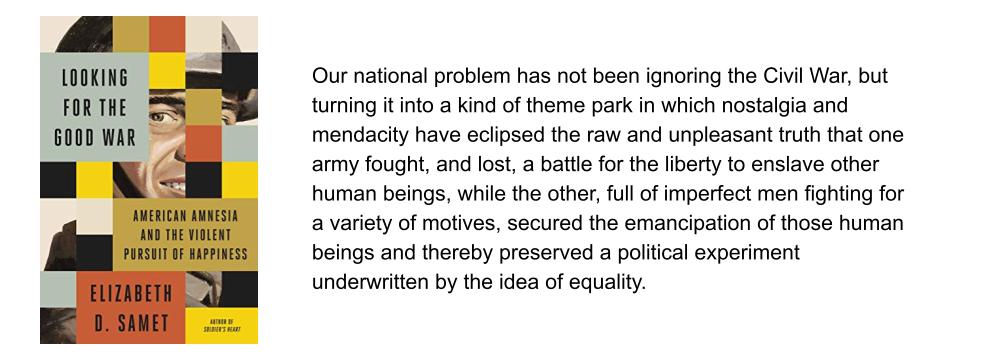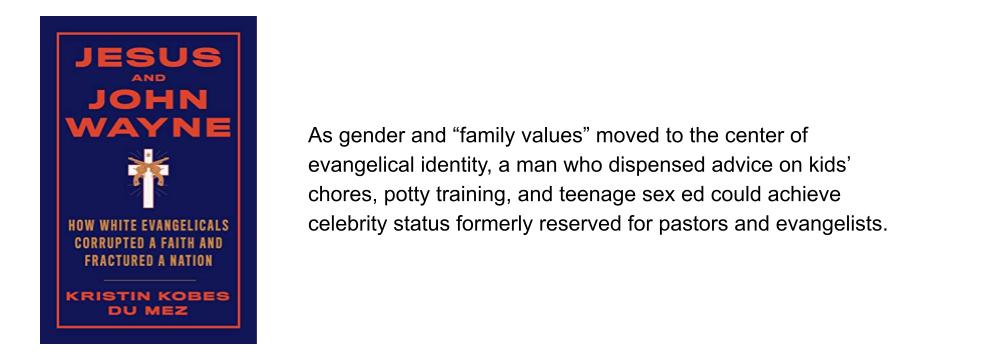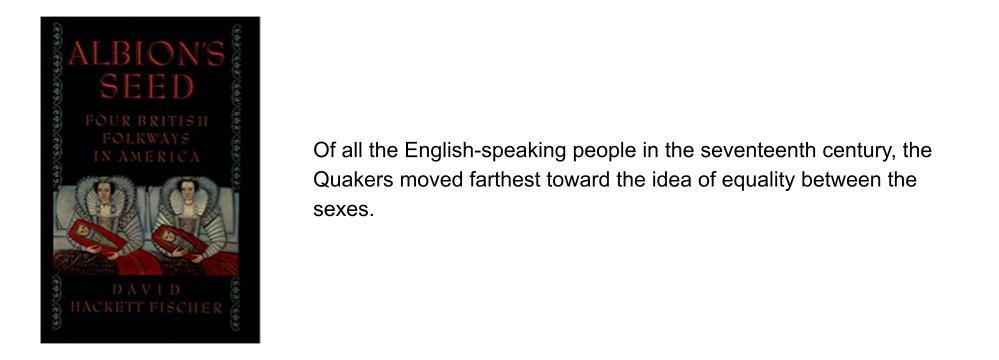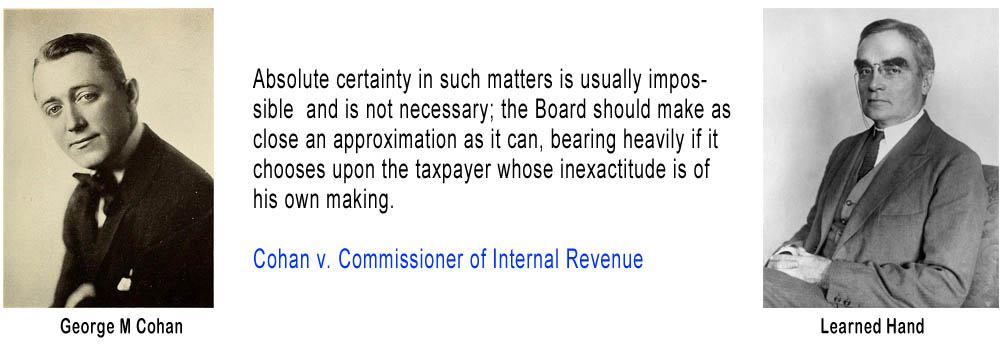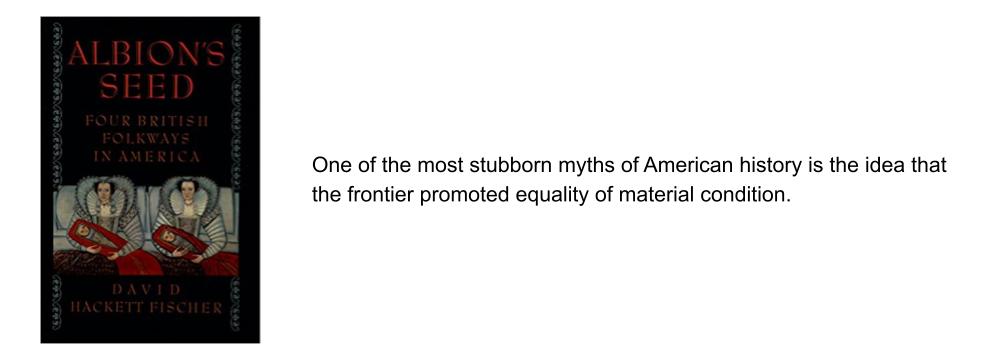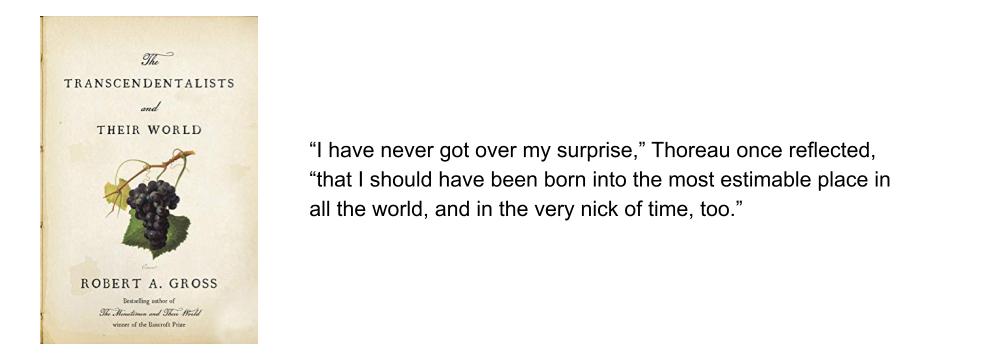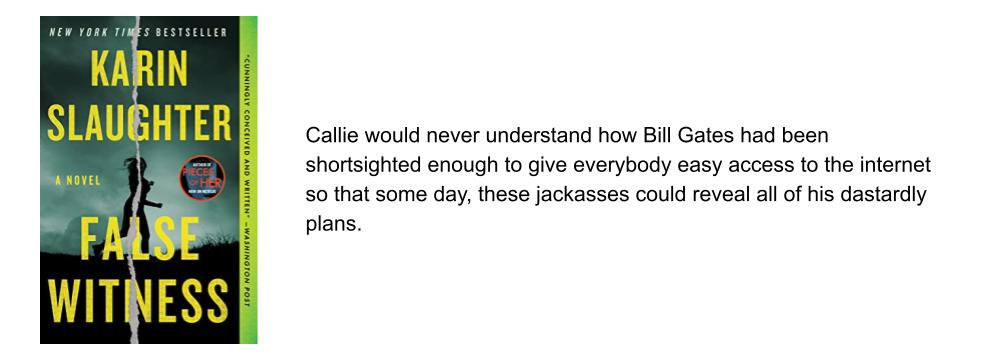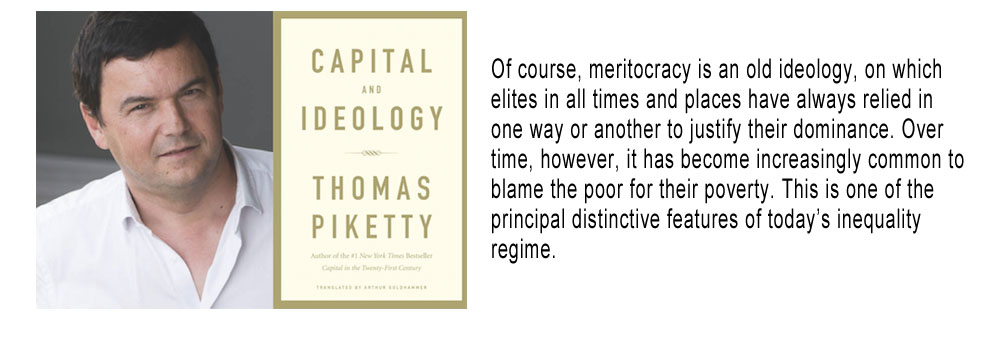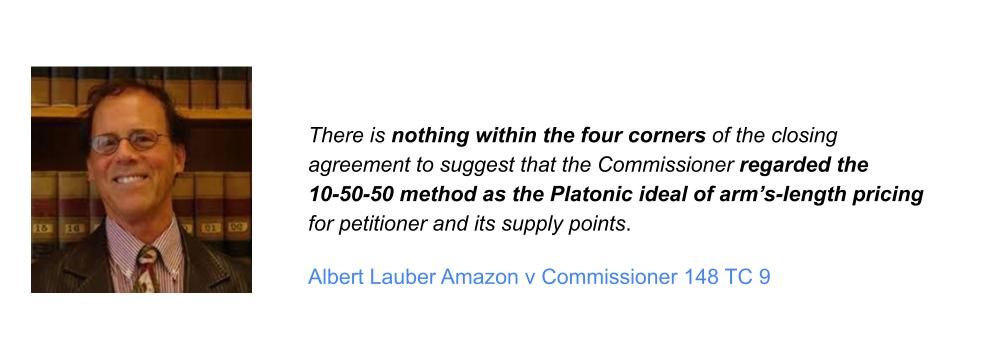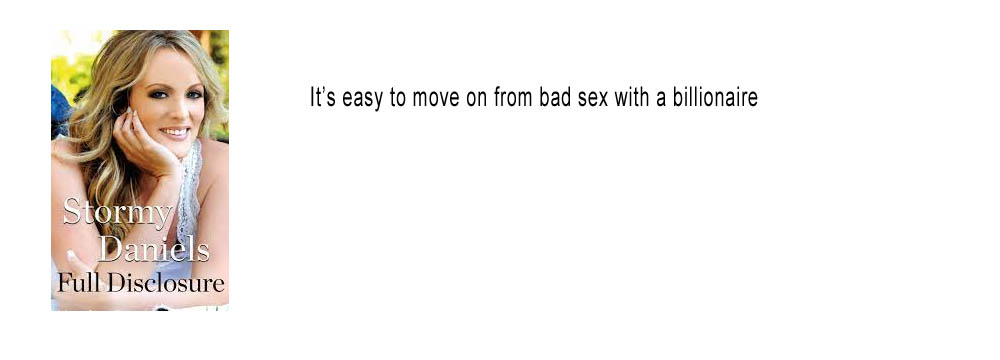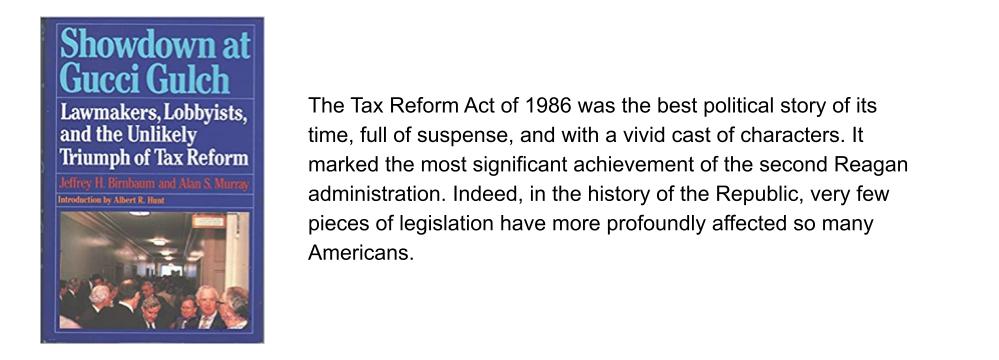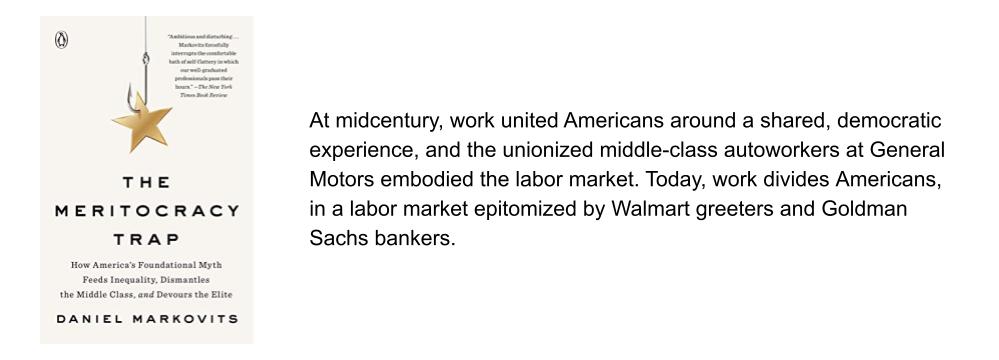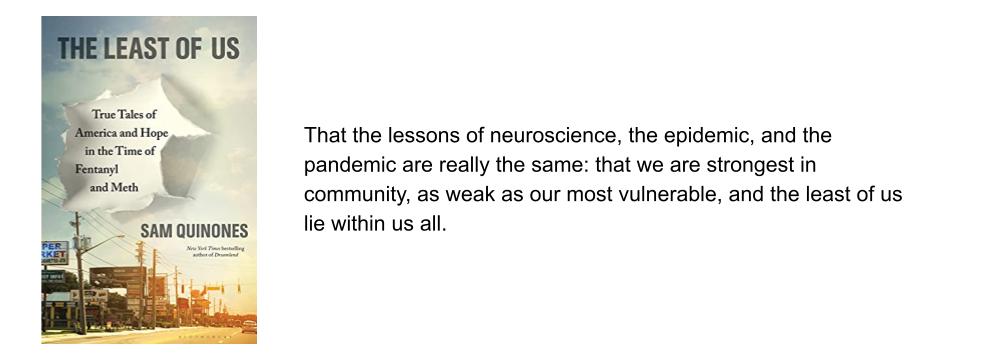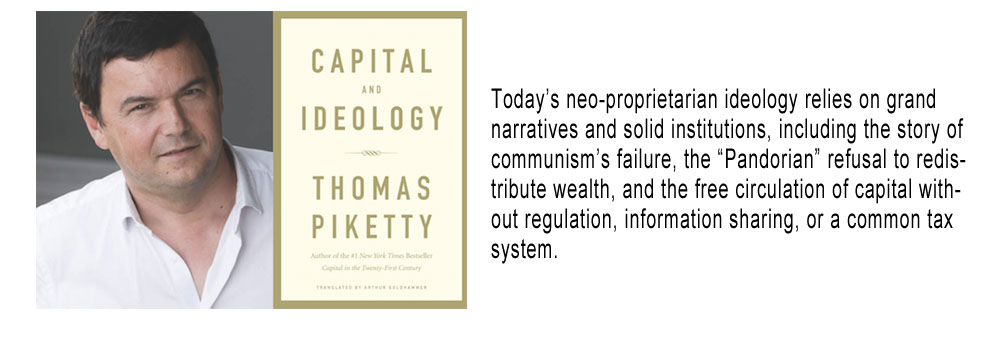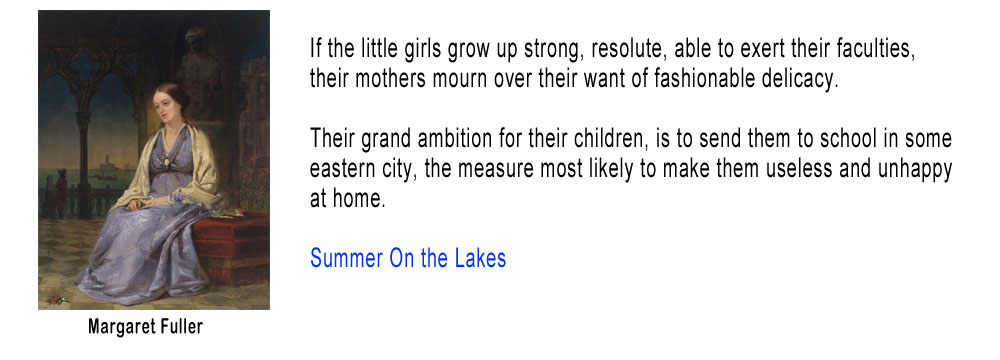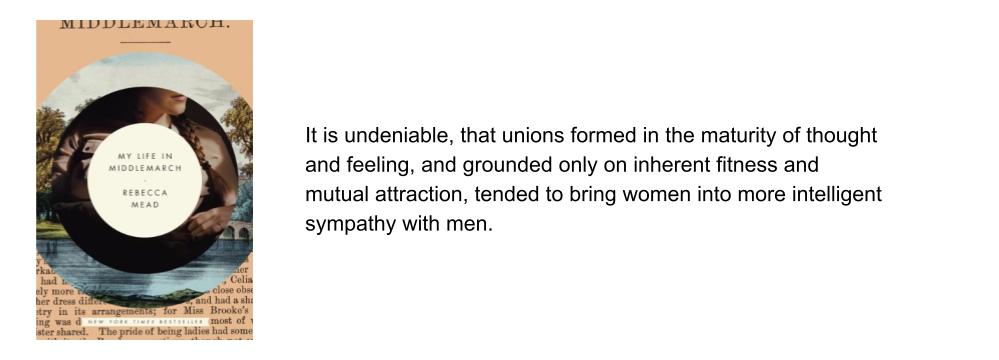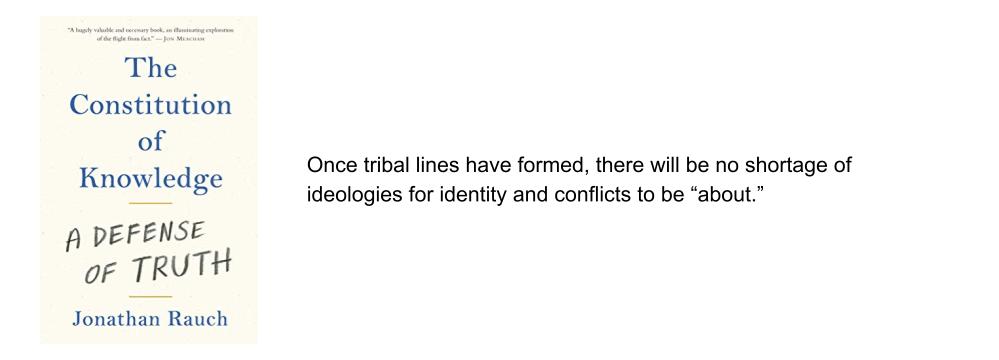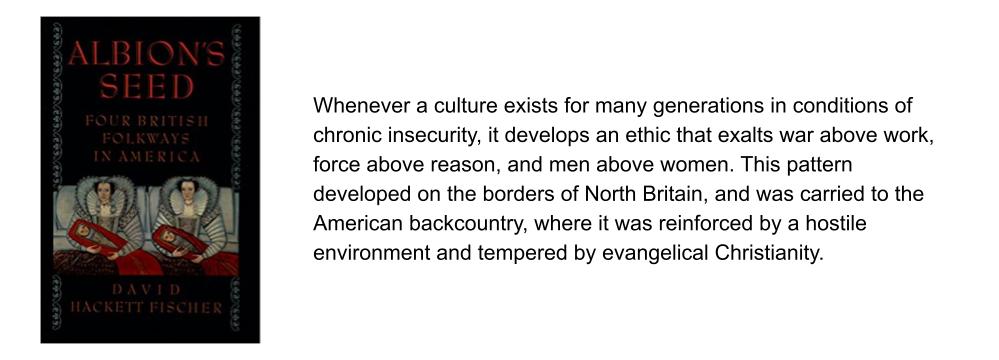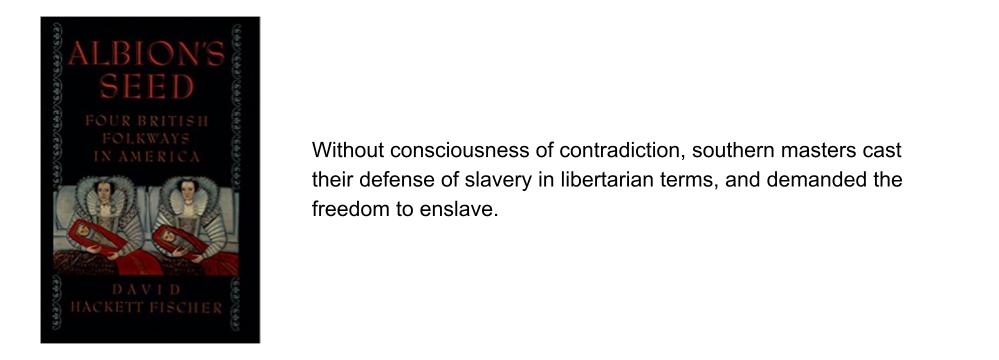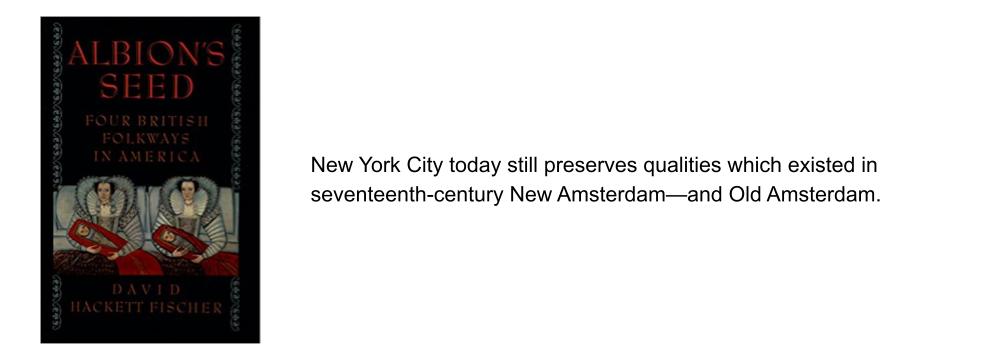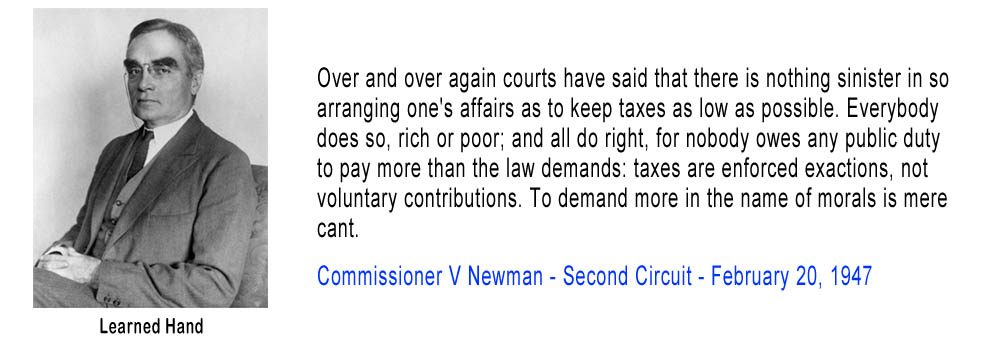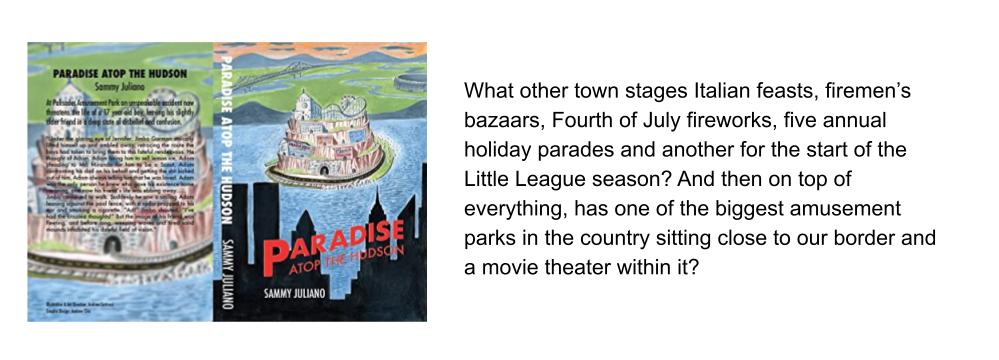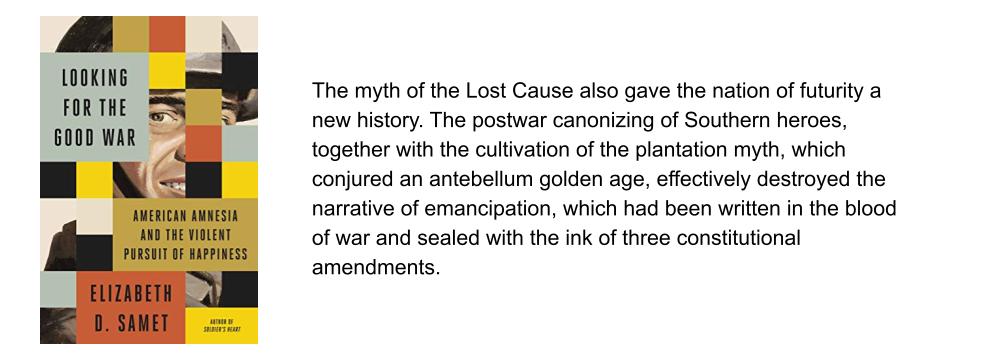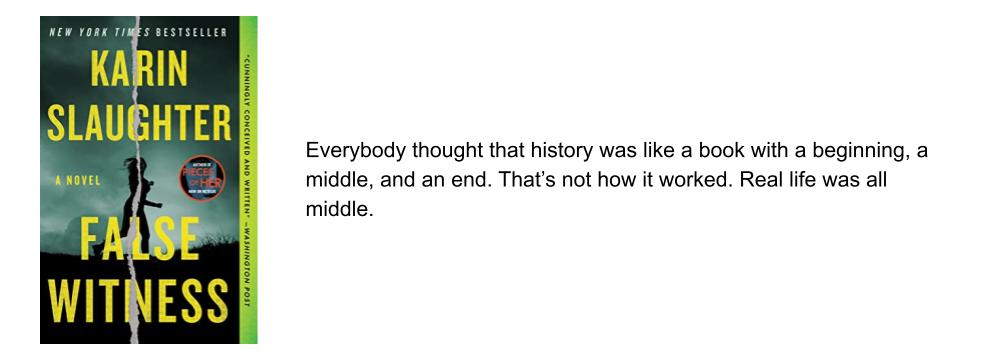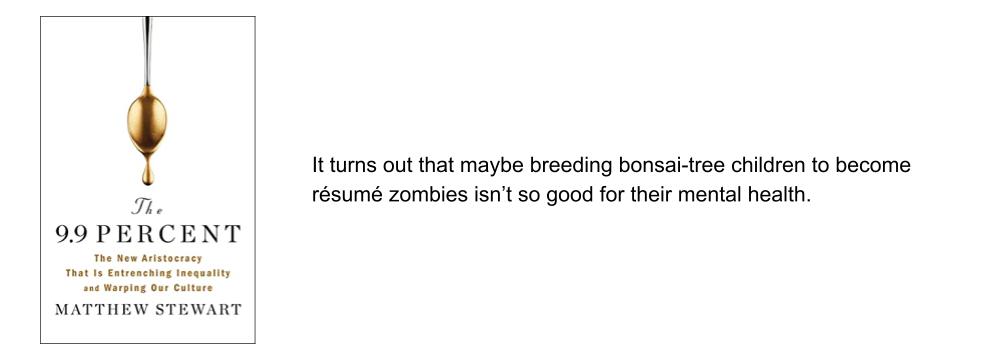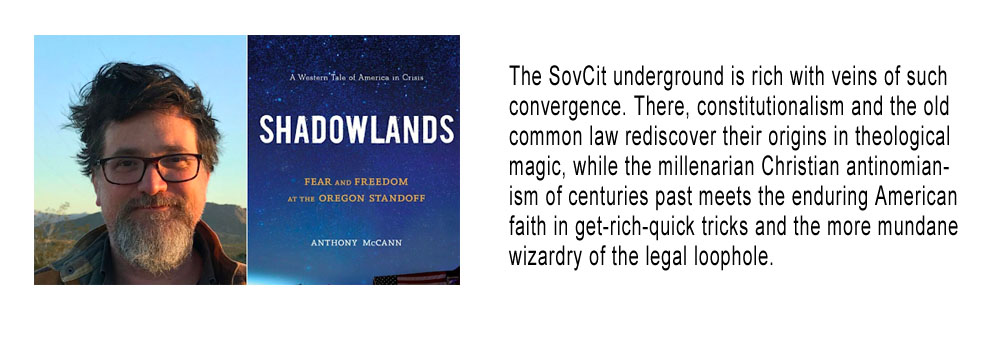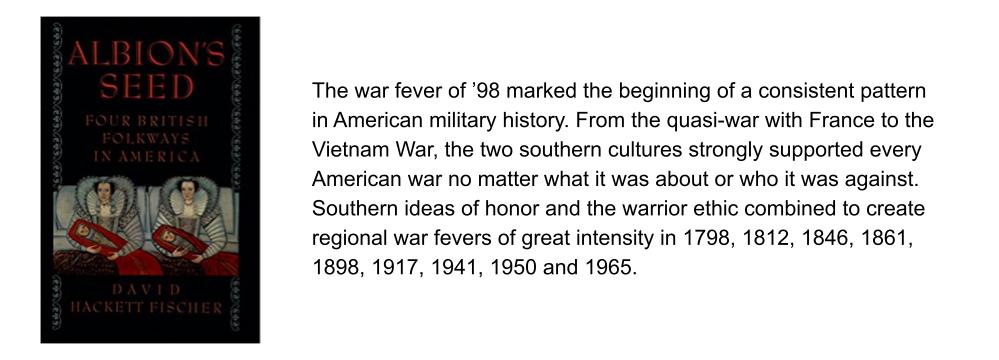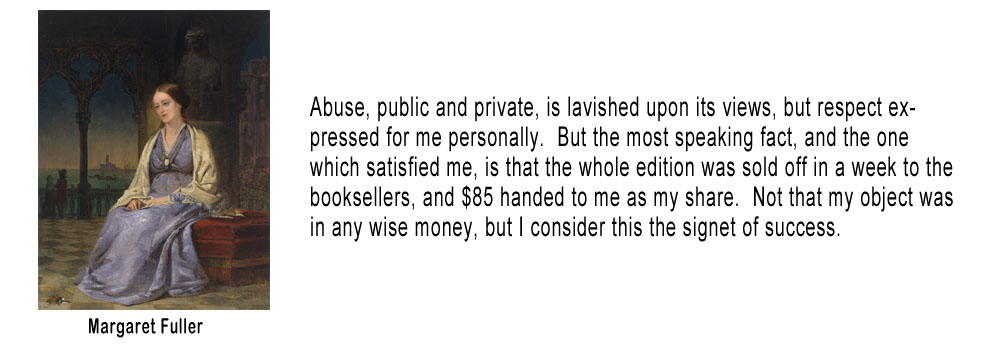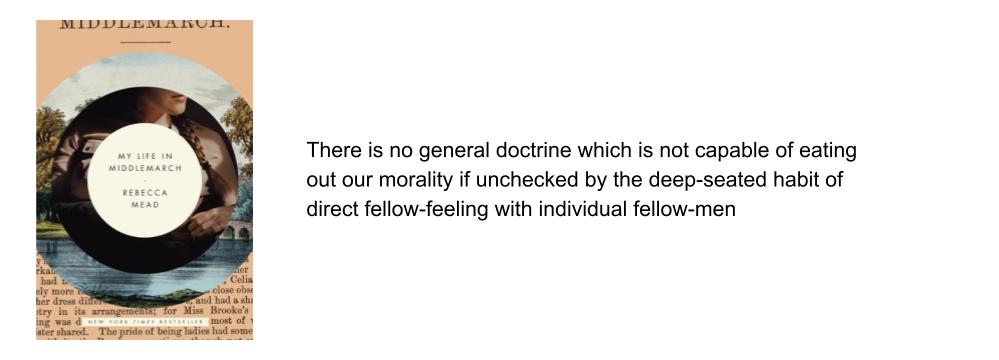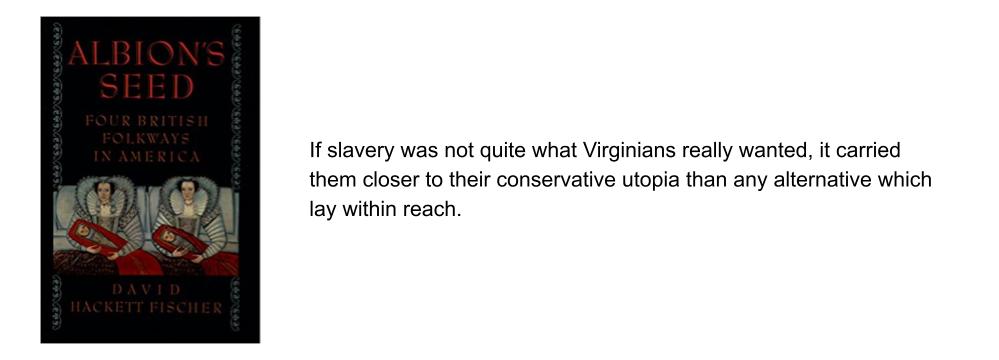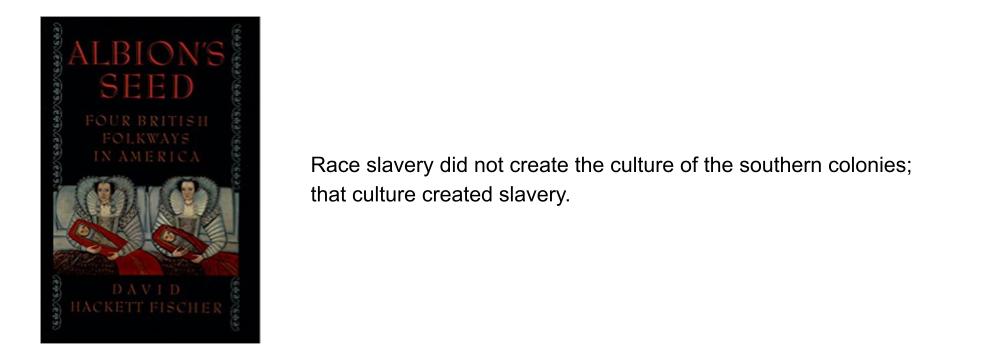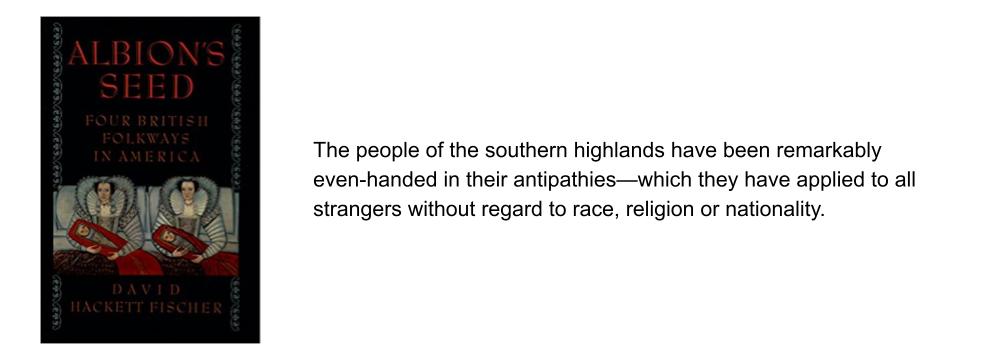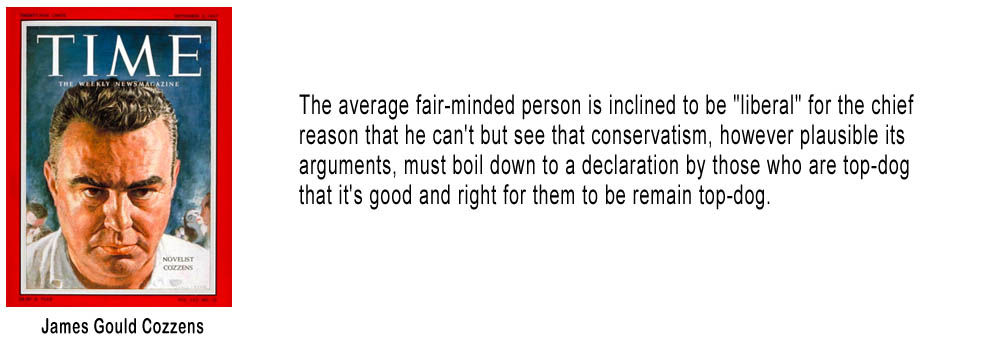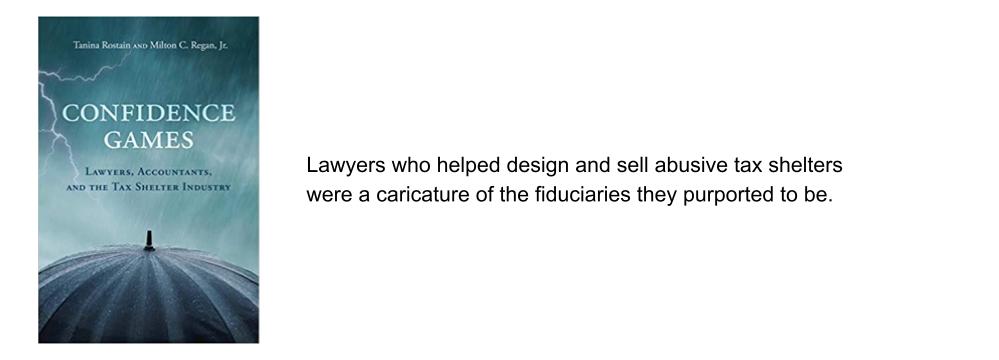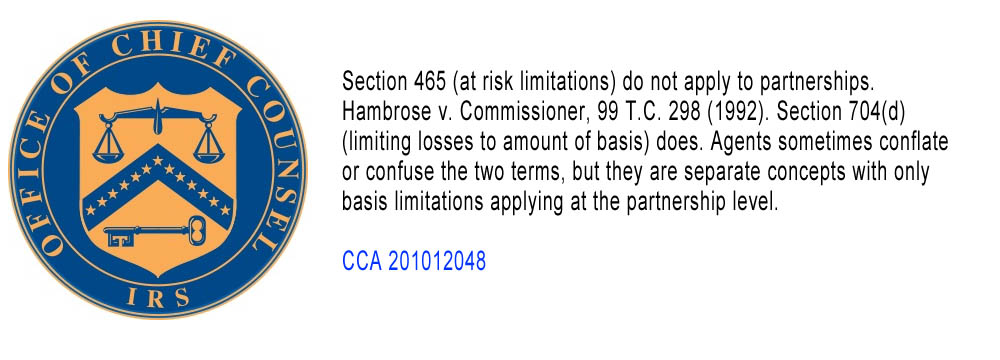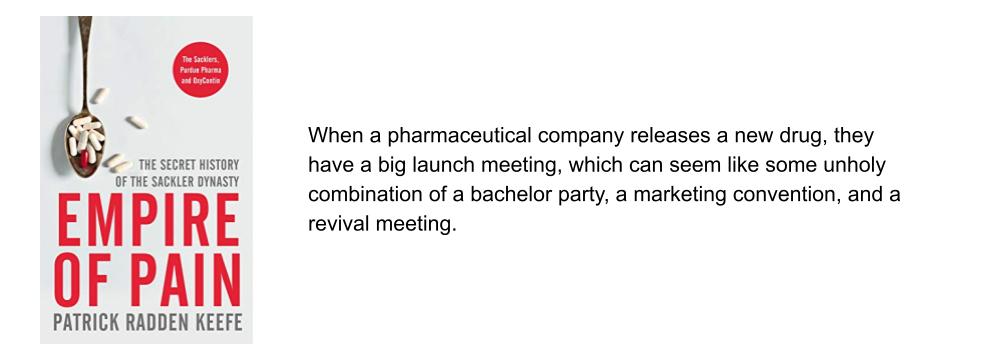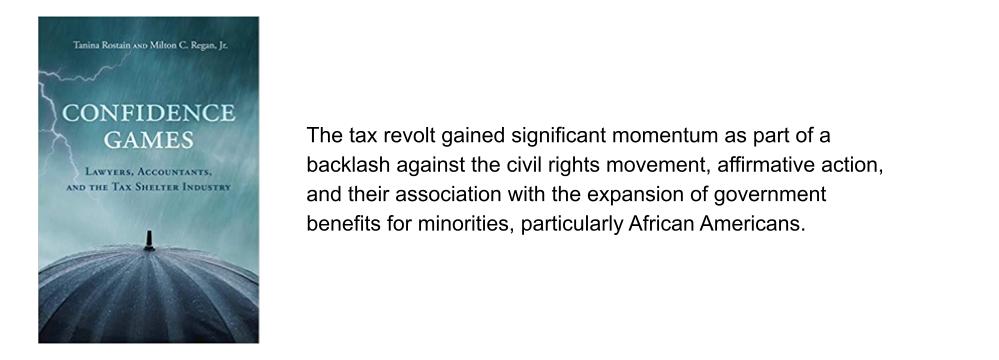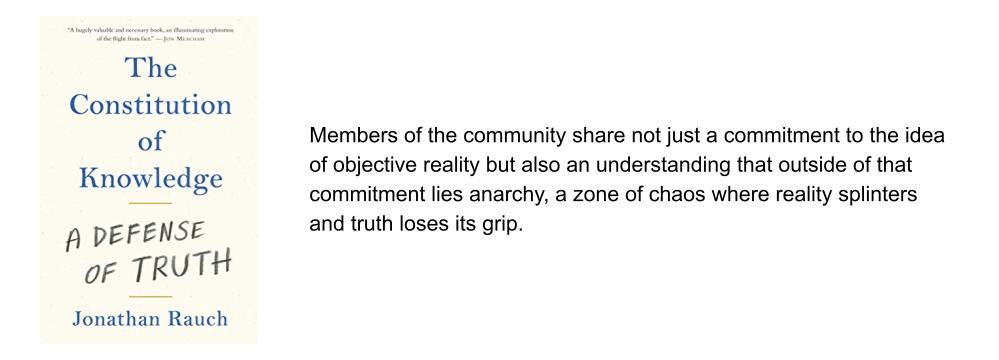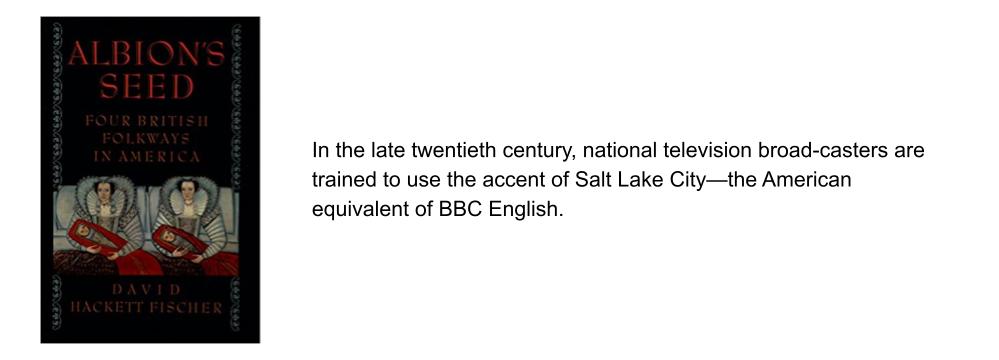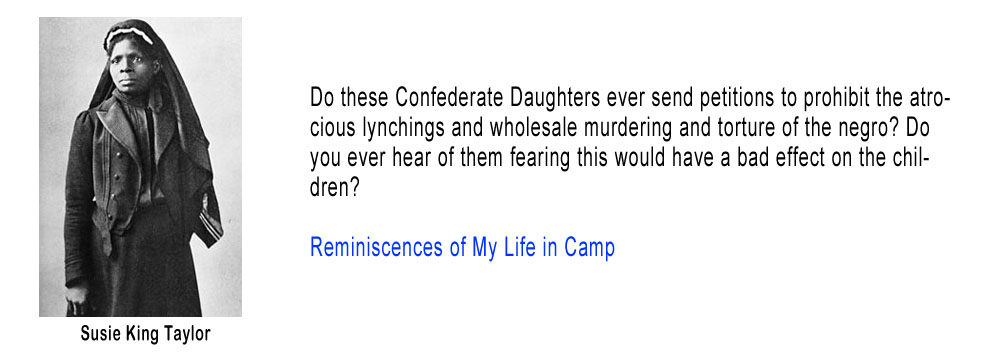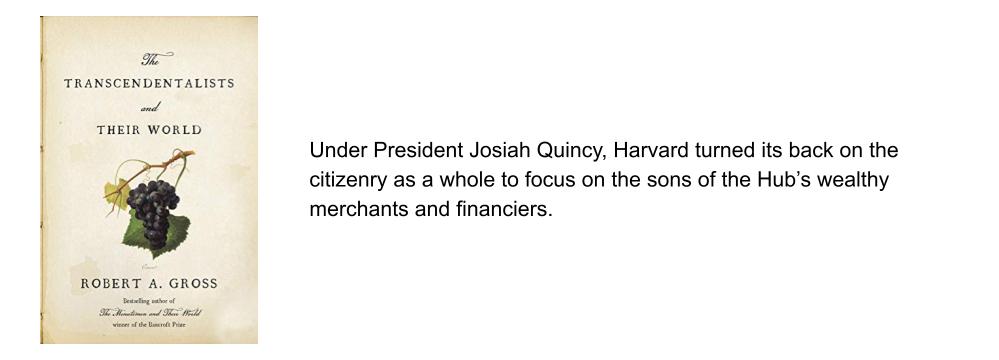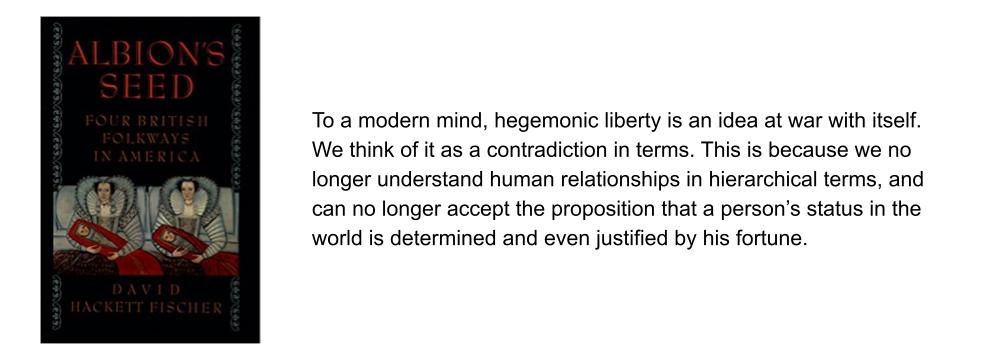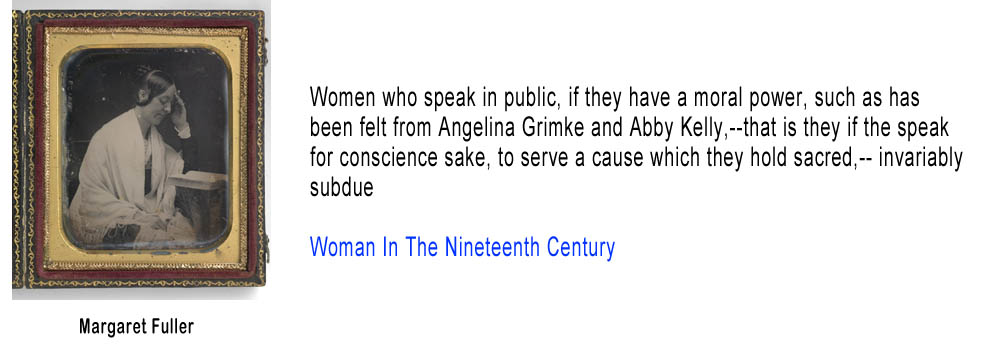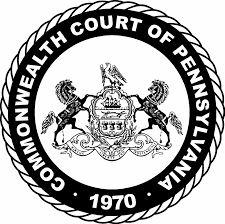Several months ago, I wrote about the Marshall decision in the Commonwealth Court of Pennsylvania. Now we have Marshall II and the Court is still not cutting him a break. Mr. Marshall, a Texas resident, invested in a Connecticut partnership that purchased the U.S. Steel Tower, an iconic building in Pittsburgh]. The building was financed with a note that required interest of over 14%, which could be added to principal. Over about 20 years Mr. Marshall received a few thousand dollars in distributions on his investment of around $150,000. The building did not provide enough cash to cover the interest payments causing the mortgage balance to balloon from roughly 300 million to over $2 billion. The building was foreclosed. Mr. Marshall’s foray into Pennsylvania was rather unrewarding, he lost about $143,000, so it is understandable the he is perturbed that Pennsylvania wants him to pay a tax of over $160,000 on his “gain”.
How is there a gain ? Well when that big mortgage balance, including all that unpaid interest is deemed to be proceeds of the foreclosure sale, so you can see how there would be a gain. But Mr. Marshall didn’t get any benefit in Pennsylvania from all the deductions that built up that balance. Well if he had had other Pennsylvania income he would have gotten a benefit from the deduction, it is not Pennsylvania’s fault he put all his Pennsylvania eggs into a single steel basket. I think the Court found him to be a little tedious. They noted that he raised all the same arguments that he had raised in Marshall I.
Mr. Marshall would probably not have had this particular problem in most other states. Pennsylvania is peculiar in that it does not allow any carryovers and it divides income into five classes. A loss in one class cannot offset income in a different class. So even if the deduction for all that unpaid interest were allowed in the same year as the disposition of the building, Mr. Marshall would still have the tax to pay even though he got nothing. Judge Patricia McCullough, who dissented, noted the absurdity of the outcome:
The rationale for the Majority’s decision, which is reiterated in its denial of all of Marshall’s exceptions, is that, by virtue of the foreclosure of the property, “Marshall is in the same position he would have been had the Partnership sold the property in 2006 for $2,628,497,551.” The fact of the matter is that the property was not sold and Marshall is not in the same position as he would be if it had been – he has completely lost his investment. Had the property sold for this amount, Marshall would have received a return of about $4 million on his investment and, hence, he would have ample funds to pay the PIT, the imposition of which, under those circumstances, would be without dispute.
One of Marshall’s arguments that, like the others, went nowhere is that he was treated worse than the Pennsylvania partners who were able to offset the gain flowing through from the partnership with a loss on the disposition of their partnership interests. As a non-resident Marshall was hit with the flow through, but the disposition of the interest would not be taxed (or a loss allowed) by Pennsylvania. There may be some other explanation but I really think that in order for the other partners to have had a loss on liquidation, there had to be something wrong with the allocations. The allocation of the gain should have brought them to even. I would love to see those K-1s, but I guess I will have to remain mystified.
You can follow me on twitter @peterreillycpa.
Originally published on Forbes.com on August 26th, 2012
